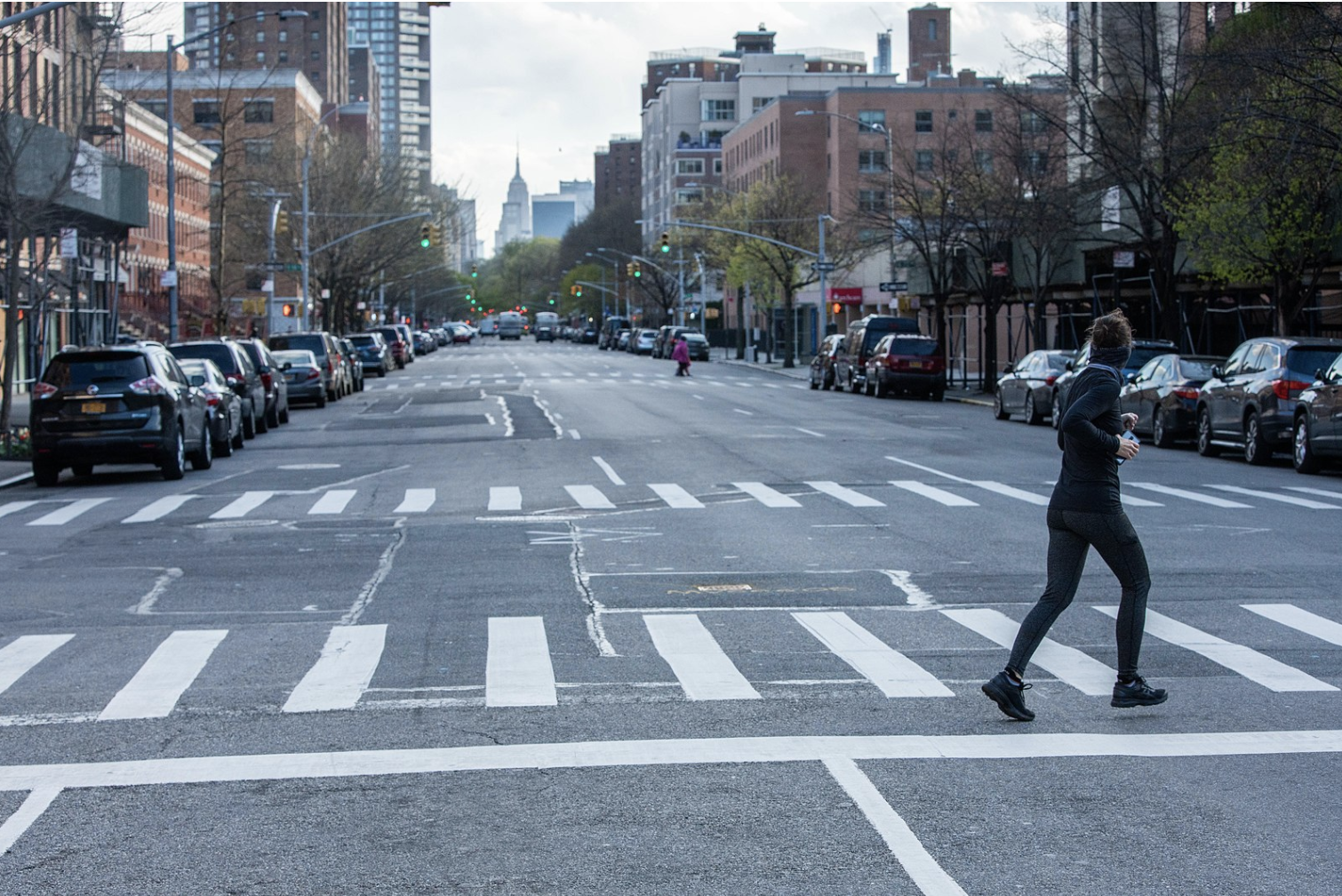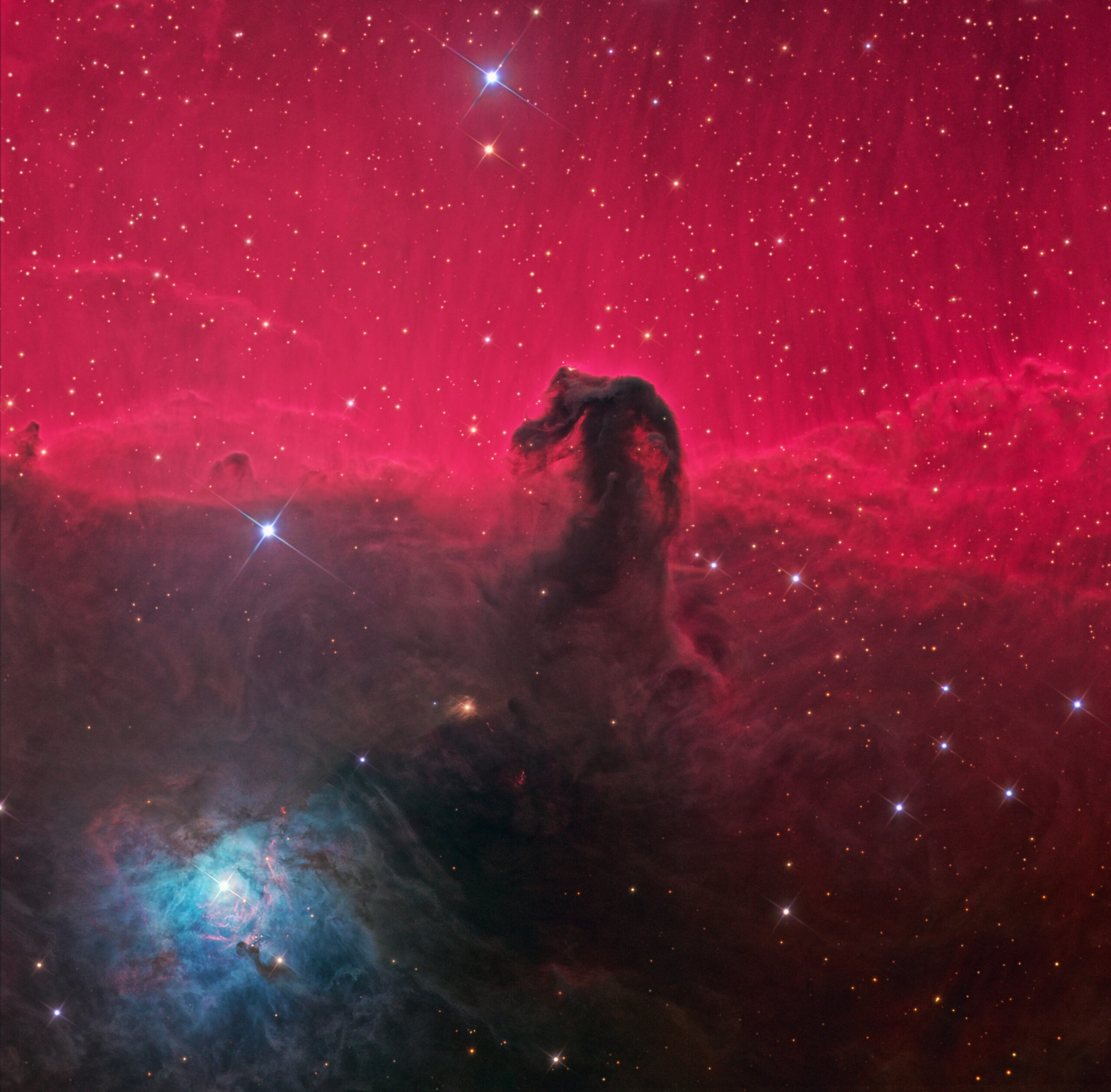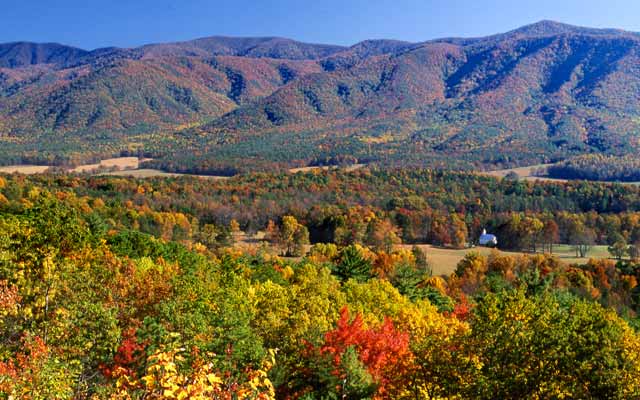One of the many things the Covid pandemic has made clear is that real life can be as strange and surprising as anything we can read or imagine. For too many, of course, this time has brought grief and suffering, but even for those who have been spared this, the pandemic has changed the day-to-day rhythms of our lives in ways large and small. Who would have thought, two long years ago, that students all over the country would have to start going to school from home, seeing their teachers and classmates only as faces on their computer screens? Who would have predicted that face masks would become an ordinary part of our daily attire?
In her poem “The Year of Yellow Butterflies,” a surreal gambol through a world both familiar and strange, Joanna Fuhrman captures something of what it feels like to live through a time such as this. I had been searching for poems that might speak to my 3rd, 4th, and 5th grade students about what the pandemic has done to their world, and perhaps offer them a way to think about it and a language to describe it. “The Year of Yellow Butterflies” proved to be the perfect choice.
The poem is composed of twenty-one sections, each of which starts with the phrase, It was the year when… followed by a poetic riff that uses the familiar as a launch pad for Fuhrman’s flights of surreal invention. I bring in a selection of lines from the poem that I think will speak to my students (for older students I would recommend bringing in one or two whole sections of the poem) and ask for volunteers to read them aloud.
Excerpts from “The Year of Yellow Butterflies” by Joanna Fuhrman
It was the year all the clouds resembled noses.
***
It was the year people liked to make up words. My mother coined the word for “blinking
underwater,” and I coined the word for “sobbing with a cold.”
***
It was the year it was trendy to wear wool socks on your arms, but only if your arms were skinny
and pale. My arms were neither skinny nor pale, but I wore arm socks anyway.
***
It was the year everyone decorated the outside of their houses to look like the inside, and the
inside to look like the outside.
…
Once I crashed into a friend’s wall because I thought it was the sky.
***
It was the year all the young men wanted to be ghosts.
…
When the department store ran out of sheets, men started wearing white plastic garbage bags or
deconstructed futon covers.
***
It was the year it rained so much the rich turned their apartment buildings into sky arks, and the
rest of us learned how to brew moonshine out of rainwater.
There are some laughs and, at first, some puzzlement about what is happening in the poem. It’s easy for the students to locate themselves in the ordinary details of the lines: the weather and the houses being redecorated and the odd trends that sound vaguely familiar to any grade school student (Wearing socks on your arms! Dressing like ghosts!) But things get weird pretty quickly. Noses that look like clouds? People turning their apartments into arks? And a wall that looks like the sky? What’s going on here?
I ask my students why they think the poet might be, as they put it, ‘making things up.’ They like the “silliness” they see in the poem but aren’t sure why the poem takes this direction. I ask them if they’ve ever exaggerated when they are telling a story, and see a flurry of hands raised. They tell me about dogs as big as houses. Car trips that took “forever.” We talk about how sometimes the only way to describe something strange or larger than life so that it feels true is to exaggerate or reinvent the details. We look at the poem again and I ask them to point out where the poet draws on something familiar from life and where she takes the poem into a place that is new and strange.
When it is time for them to write, I invite the students to think about the changes the pandemic has brought to their day-to-day world and to create poems that, like Fuhrman’s, mix up true and made-up statements about these times.
To start, I ask them to begin each line with “It was the year that…” and alternate between “true” statements and statements that are made up. (Once they get the hang of this, many of them shake up this back-and-forth a bit as they start to have fun with it.)
Before they begin writing their own poems we write one together as a class so they can get a feel for the rhythm and the playfulness. My fifth-grade class comes up with these lines (which some of them like so much they later incorporate them into their own poems):
The Year 2020
It was the year we saw our friends mostly on screens.
It was the year trees and flowers invaded buildings.
It was the year everyone had to stay six feet apart.
It was the year when people could touch the stars.
It was the year that boats became hospitals because the hospitals were full.
It was the year that aliens roasted marshmallows with us.
It was the year when we had to take our vacations in our houses.
It was the year when cars started flying by themselves.
It was the year when movie theatres all closed down.
It was the year that you were only allowed to talk backwards according to the law.
It was the year where the feelings of people drifted away.
When we are finished I read their poem to them. They are pleased and delighted with it, especially when I point out that in their lines about these strange pandemic times, it’s not always easy to tell which things are made up and which are real. That lovely last line, for instance, which nicely captures both the reality and the unreality of these past two years.
I point out that in their lines about these strange pandemic times, it’s not always easy to tell which things are made up and which are real.
At this point I invite the students to write their own “It was the year of…” poems, starting off with something strange or surprising but true about Covid times, followed by a line about something they’ve made up. I ask them to try, as much as possible, to describe the made-up things as if they, too, were true, so that the made-up things and the true things kind of bounce off each other, as they do in Fuhrman’s poem.
The ease with which my students take to this lesson makes me think they are eager for the opportunity to write about the disruptions of these past two years, to acknowledge the weirdness and the difficulties they’ve seen and encountered, and simply to say to each other, can you believe this?
It Was the Year When People Could Touch the Stars Kenji, 5th grade It was the year of the quiet cities. It was the year when the sky was replaced by the ocean and the ocean replaced by the sky. It was the year of the empty schools. It was the year trees and flowers invaded buildings. It was the year people were stuck inside. It was the year the hum of traffic was replaced by the sweet melody of a guitar. It was the year people learned online. It was the year when people could touch the stars. It was the year most of the children in New York City drew rainbows on their windows.
It was the year when all the problems came and separated us Capucine, 5th grade It was the year of 5th grade, when we had to wear masks to school. It was the year that we had to take our vacations in our houses. It was the year when we slept all day under our comfy blankets because we were bored. It was the year when only one person at a time was allowed in the stores. It was the year it was so cold we were all fighting for jackets. It was the year we saw our friends mostly on screens. It was the year when we had to work from home It was the year we all made our own toilet paper (we went to the forest to cut the wood…) It was the year the school was closed after a moment, empty and all the hospitals were full.
It Was the Year Evie 5th grade It was the year that people started paying attention to how important it is to be appreciative of a hug or high five. It was the year that the screens took over and absorbed our clueless eyeballs until we had eyes as dull as a pencil left alone for years and years with no sharpener. It was the year that we had to roast marshmallows over a candle and swim in our baths pretending we were in an ocean, enjoying our vacations. It was the year that masks sunk into our skin and became a part of us like an ingrown toenail. It was the year that I missed going to school. It was the year that my everyday normal memories were swallowed into a chest with a lock that I did not have a key to. It was the year that chores were as heavy as bricks in my backpack. It was the year when I planted a magical bean and a twin appeared. It was the year that problems seemed bigger and stars seemed less bright and hopeful.
The Year of Craziness Liël, 5th grade It was the year that people started going crazy from being locked up at home. It was the year cushions started complaining because people relaxed their heads on them. It was the year that scientists worked day and night to find a vaccine for a virus impacting the world. It was the year it was trendy to have six fingers, so people would surgically attach them to their hands. It was the year everyone had to stay six feet apart. It was the year that you were only allowed to talk backwards according to the law. It was the year retired doctors and nurses had to work again.
The Year of... Isah, 3rd grade It was the year that you high-fived with your elbow It was the year that food ate you It was the year that you had to stay at home for school It was the year that you could not write on paper It was the year that you had to keep your face covered when you went outside It was the year that when you turned on light the room became darker It was the year that you had to stay distanced from one another It was the year when your dog had no tail. It was the year when you ate outside It was the year when you used your eyes to hear.
The Year of Covid-19 Deven, 3rd grade It was the year that people had to wear masks It was the year that the earth was invaded by aliens. It was the year that everyone had to keep 6 feet apart. It was the year that aliens made us do all of the housework. It was the year that there were no play dates. It was the year that aliens got to have all the play dates. It was the year that no one was allowed shake hands.
Susan Karwoska is a writer, editor, and teacher. She is the recipient of a New York Foundation for the Arts (NYFA) Fellowship in Fiction; a Lower Manhattan Cultural Council Workspace residency for emerging artists; and residencies at the Ucross Foundation and at Cummington Community of the Arts. From 2005-2014 she was the editor of Teachers & Writers Magazine and currently serves on its editorial board. She is also on the board of the New York Writers Coalition, and has served on NYFA’s artist advisory board. She writes and edits for a variety of publications and organizations, works as a writer-in-the-schools, and lives in Brooklyn, New York, where she is at work on a novel.



